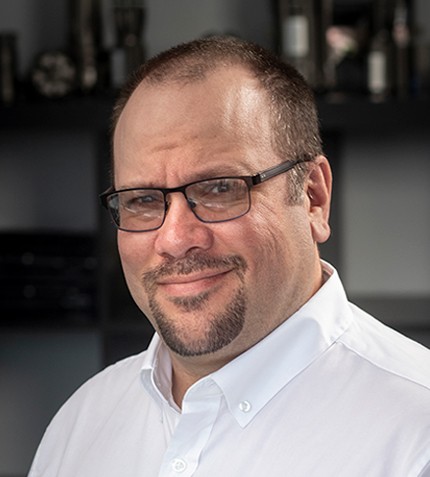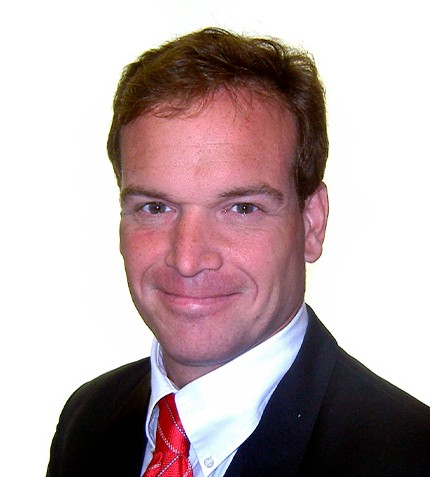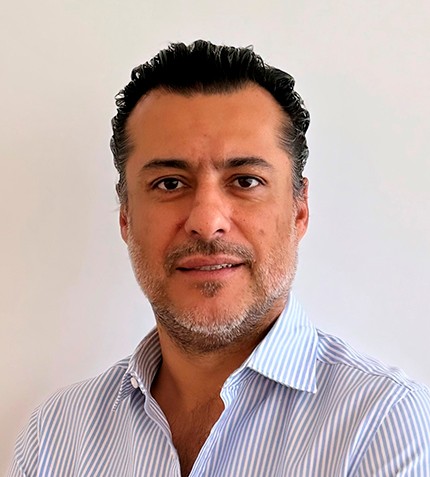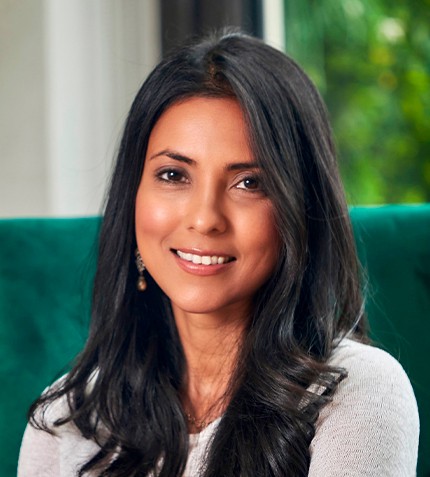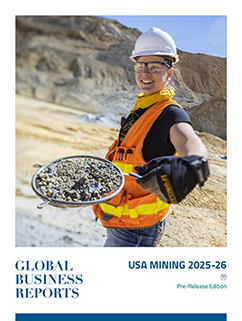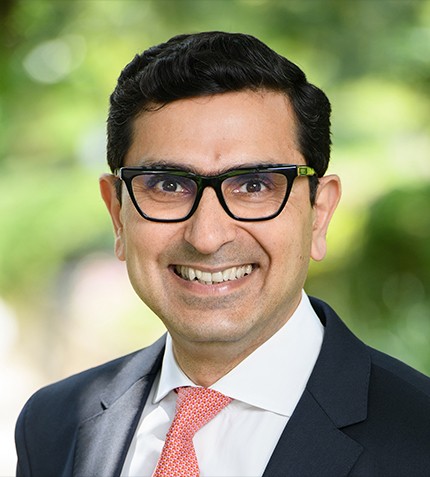
"In Fiscal Year 2024 alone, we mobilized nearly US$14.5 billion for the continent, yet Africa’s infrastructure gap is huge."
Sarvesh Suri
AFRICA INDUSTRY DIRECTOR INFRASTRUCTURE & NATURAL RESOURCES, INTERNATIONAL FINANCE CORPORATION (IFC)
What is the IFC’s role in financing Africa’s infrastructure gap and structuring critical public-private partnerships?
IFC is one of the largest development financial institutions (DFIs) in Africa and a leading investment vehicle focused on the private sector. IFC supports Africa to build a sustainable economy by investing in digital infrastructure, power infrastructure and transport, and by leveraging private expertise, management and finance. In Fiscal Year 2024 alone, we mobilized nearly US$14.5 billion for the continent, yet Africa’s infrastructure gap is huge. Consider the power sector; nearly 600 million people (or 40%) in Africa lack electricity. We see similar gaps in other areas, such as transport and digital services. Since the onset of the COVID-19 crisis, the need for private equity has grown as national debts ballooned, leaving indebted governments unable to invest in infrastructure. The effects of climate change are putting enormous pressure on the continent. Our team at IFC facilitates private-sector investments and catalyzes opportunities to enable the continent to meet its agenda for sustainable infrastructure development.
What is driving IFC’s record allocation of US$14.5 billion in Africa? Could you give us some examples of the kind of projects IFC plays a role in?
The US$14.5 billion is a combination of IFC funding and contributions from external partners and the private sector. Despite the record number, this covers only a small portion of the continent’s investment needs. We do, however, see an upward trajectory of allocations in the future. Of the total allocation, about US$2.7 billion has gone into the infrastructure sector. For instance, in the off-the-grid energy space, we provided around US$100 million to Release by Scatec to develop a modular containerized solar solution holding between 1 to 10 MW in a 40 feet container. These containers can be transported by truck into remote areas. Transports were completed to Chad, Liberia and Sierra Leone, with each project delivered within nine months from start to finish—a significantly shorter timeframe compared to traditional solar generation projects that take three to five years.
Could you share more details on the mechanisms and progress of IFC’s Mission 300?
Mission 300 is a joint initiative of the World Bank Group and the African Development Bank (AfDB) that aims to bring clean, affordable, and reliable electricity to at least 300 million more people in Sub-Saharan Africa by 2030.
We are currently working with 14 Sub-Saharan African countries to develop Country Compacts with business plans for governments to open the energy sector to private investors, including ensuring appropriate regulatory reforms.
We recently approved a US$200 million facility for distributed renewable energy in Nigeria, a program supported by the World Bank, AfDB, and IFC. With a US$750 million lending platform to the government, Nigeria can now provide grants to set up mini-grid projects across the country. IFC supports private companies with working capital that they can repay by tapping into World Bank grants through the government. Our ambition as part of this program is to connect 17.5 million Nigerians with electricity access.
What are the key trends in terms of private investment in Africa?
Since 2020, fragility and risk have increased in some parts of Africa, while other countries have benefited from upgraded risk ratings in global markets. Following the pandemic and Russia’s invasion in Ukraine there has been a trend towards higher levels of national debt which intensifies the need for private investment. The role of institutions like IFC has become increasingly important to creating regulations that encourage FDI. MIGA, our sister institution in the World Bank Group acts as a platform providing guarantees and risk mitigation solutions to private sector investors. They also saw a record year with US$8 billion in global guarantees.
Do you have a final message?
At the interesting juncture with only five years left until 2030, IFC is uniquely placed to accelerate the progress towards achieving universal access to critical infrastructure services in Africa. With the entire world taking note of Africa, IFC’s continued focus on the region, with an impressive track record of successful projects, highlights the incremental financial and socio-economic return these projects offer. We invite others to join us. As one of the largest investors in Africa, with presence in 40 countries on the continent, and investments in 44 countries in recent financial years, IFC is the ideal partner for those looking to expand and invest in Africa.




